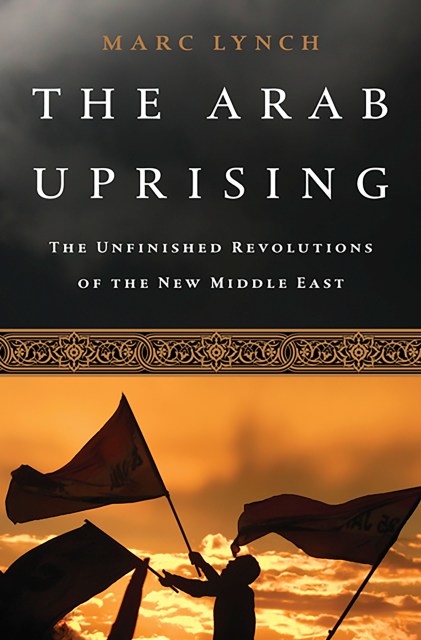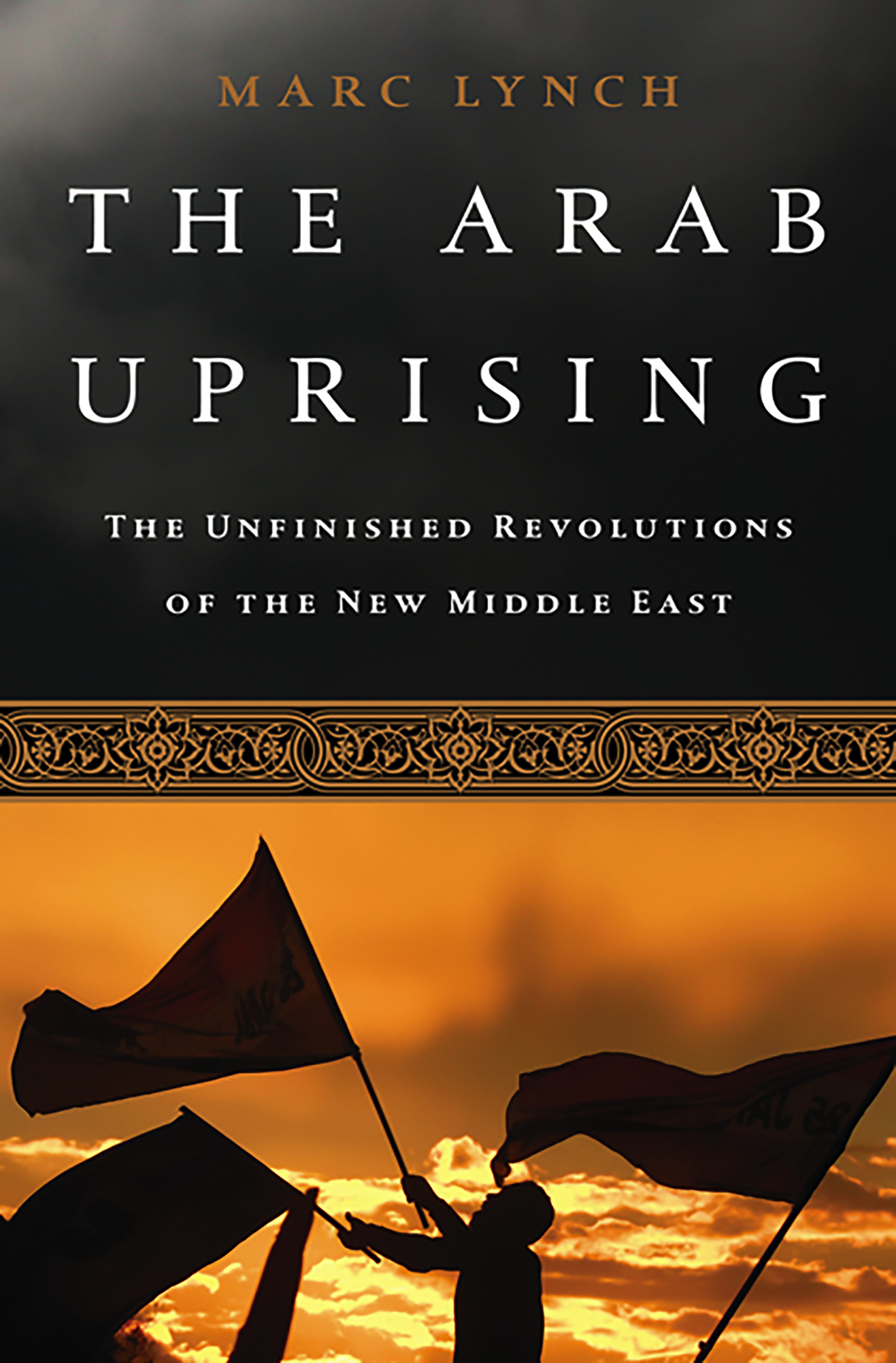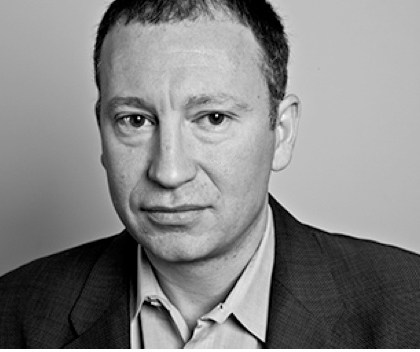Promotion
Use code MOM24 for 20% off site wide + free shipping over $45
The Arab Uprising
The Unfinished Revolutions of the New Middle East
Contributors
By Marc Lynch
Formats and Prices
Price
$15.99Price
$18.50 CADFormat
Format:
- Trade Paperback $15.99 $18.50 CAD
- ebook $9.99 $12.99 CAD
This item is a preorder. Your payment method will be charged immediately, and the product is expected to ship on or around January 8, 2013. This date is subject to change due to shipping delays beyond our control.
Also available from:
An insider to both American policy and the world of the Arab public, Marc Lynch shows that the fall of particular leaders is but the least of the changes that will emerge from months of unrest. The far-ranging implications of the rise of an interconnected and newly-empowered Arab populace have only begun to be felt. Young, frustrated Arabs now know that protest can work and that change is possible. They have lost their fear — meanwhile their leaders, desperate to survive, have heard the unprecedented message that killing their own people will no longer keep them in power. Even so, as Lynch reminds us, the last wave of region-wide protest in the 1950s and 1960s resulted not in democracy, but in brutal autocracy. Will the Arab world’s struggle for change succeed in building open societies? Will authoritarian regimes regain their grip, or will Islamist movements seize the initiative to impose a new kind of rule?
The Arab Uprising follows these struggles from Tunisia and Egypt to the harsh battles of Yemen, Bahrain, Syria, and Libya and to the cautious reforms of the region’s monarchies. It examines the real meaning of the rise of Islamist movements in the emerging democracies, and the long-term hopes of a generation of activists confronted with the limits of their power. It points toward a striking change in the hierarchy of influence, as the old heavyweights — Iran, Al Qaeda, even Israel — have been all but left out while oil-rich powers like Saudi Arabia and “swing states” like Turkey and Qatar find new opportunities to spread their influence. And it reveals how America must adjust to the new realities.
Deeply informed by inside access to the Obama administration’s decision-making process and first-hand interviews with protestors, politicians, diplomats, and journalists, The Arab Uprising highlights the new fault lines that are forming between forces of revolution and counter-revolution, and shows what it all means for the future of American policy. The result is an indispensible guide to the changing lay of the land in the Middle East and North Africa.
Genre:
- On Sale
- Jan 8, 2013
- Page Count
- 304 pages
- Publisher
- PublicAffairs
- ISBN-13
- 9781610392358
Newsletter Signup
By clicking ‘Sign Up,’ I acknowledge that I have read and agree to Hachette Book Group’s Privacy Policy and Terms of Use







